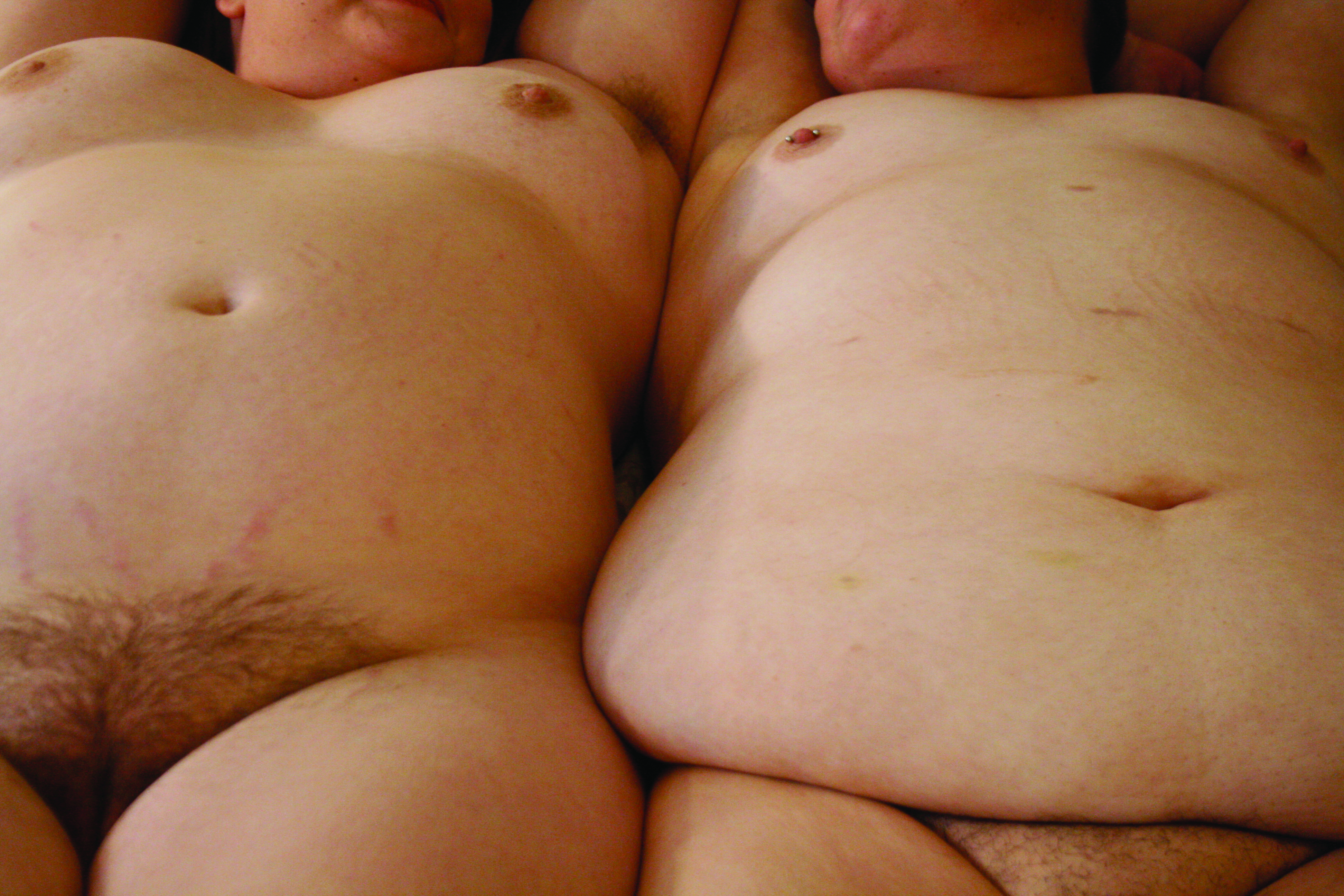The most holy Buddhist site in Japan — that was the initial attraction for me in going to Mount Koya, despite a friend of mine having suggested it as a nice place to get away from the summer heat.
Mt. Koya, however, has no hotels, no youth hostels, no inns of any kind. If you want to spend the night, you have to reserve a bed at one of the nearly 120 temples dotting the broad surface of the mountaintop. The mountain itself is not particularly high, requiring only a 10-minute, picturesque cable-car ride to the top. The “peak” of the mountain is so wide that it takes a full three quarters of an hour to walk from one end to the other
I made my way towards the temple where I would be spending the night, snapping photos and enjoying the respite from the endless pressure cooker that is summer in Japan. Inside I was greeted by a monk — he couldn’t have been more than two or three years younger than myself — who proceeded to show me to my room. Outside my window was a delicately shaped koi pond and rock garden I had passed on the way in. It was very hard not to give in to my inclination to simply relax for the rest of the day.
Instead, I dropped off my suitcase and headed in the direction of the Okunoin Temple, only twenty minutes up the road on foot. This was the temple founded by the head of the Buddhist Shingon sect, Kobo Daishi — and is also his tomb. Surrounding the temple was a vast, tall forest that doubled as a cemetery for the country’s most honoured dead. The gentle rustling of the endlessly tall and narrow pine-like trees and the soft call of birds acted almost as a requiem as I wandered down the stone path past graves of former prime ministers, spacemen and celebrities.
The patterning of the light filtered by the trees, the earthy scent floating in the air and the cool breeze that gently brushed my cheeks all contributed to a feeling of well-being, and when I finally came in sight of Okunoin Temple I was hard-pressed to imagine leaving.
The temple itself was smaller than I had expected, but somehow fit in perfectly as if it had grown organically out of the mountain and forest. One of my favourite scents, that of the altar incense, perfumed the air, and when I proceeded to the back of the temple I was greeted by the chants of a Buddhist monk. I found myself sitting facing the tomb, eyes closed, feeling so integrated and connected with the world around me that it was an effort to get up and leave.
After buying a charm that protected against misfortune, I made my way back through the town to the other side of the mountain where a giant gate provided a breathtaking view of the surrounding countryside. In the past this was how all visitors ascended to the temple, on foot. As the sun began to go down I quickly visited a few of the other holy sites before they closed and made my way back to the temple for the evening meal. But not just any meal; this was the famous cuisine devised by monks to conquer the lack of meat in their diet. While I couldn’t tell you half of what I ate — so many colors and flavours and shapes — I would never miss meat if I could eat like that every day.
After dinner I was shown back to my room to change, and then to the communal hot spring that was part of the temple. Once I had my fill of the super-heated (purportedly healing) waters, it was time to turn in for the night on the Japanese futon that had been laid out on the floor for me while I had been bathing.
The next morning I was awoken at 6 a.m. as I had elected to take part in the daily morning prayers and, out of a misguided sense of duty, arranged myself in the kneeling pose customary for devotions. I had not, however, counted on the prayers being longer than five minutes, and by the 10-minute mark I was in considerable pain. When the prayers finally finished half an hour later, I was so relieved to be able to get out of the pose I didn’t register my legs had gone completely numb from the knees down. After falling three or four times, the monks kindly insisted that I should wait until sensation came back, and five humiliating minutes later I was finally on my rubbery-legged way to a delicious meal. From there it was time to make my way to the next city.
Though I have not had the chance to go back to Mt. Koya since, the desire is never far from my heart. Every time I revisit it in my thoughts I feel a faint shadow of the calm and connection I was blessed with on that day, and cannot help but be thankful. Though I can’t say for sure what produced it, I am sure it is still there, waiting for me and anyone else who is willing to let it in.





Mt Koya is a wonderful place and staying at a Shukubo (temple) is the only way to do it. The morning services a little long but the experience is worth it. You can make reservations at shukubo at
http://www.japaneseguesthouses.com/about/ryokan/koya.htm